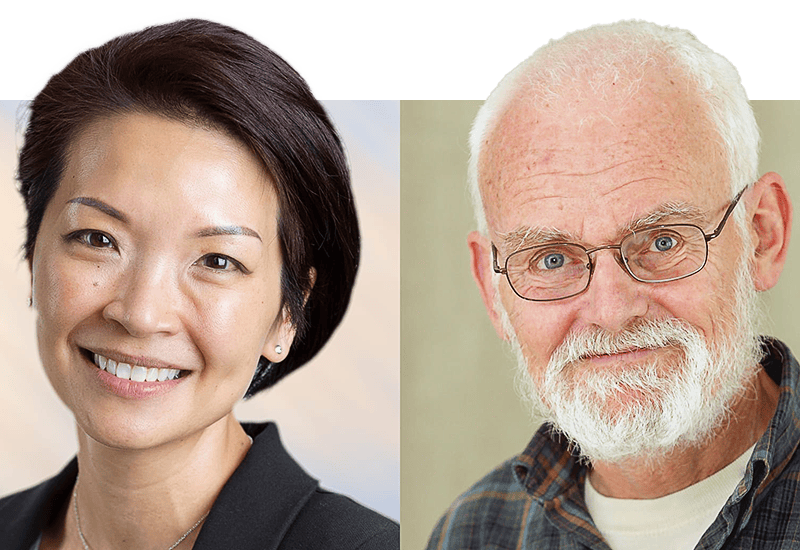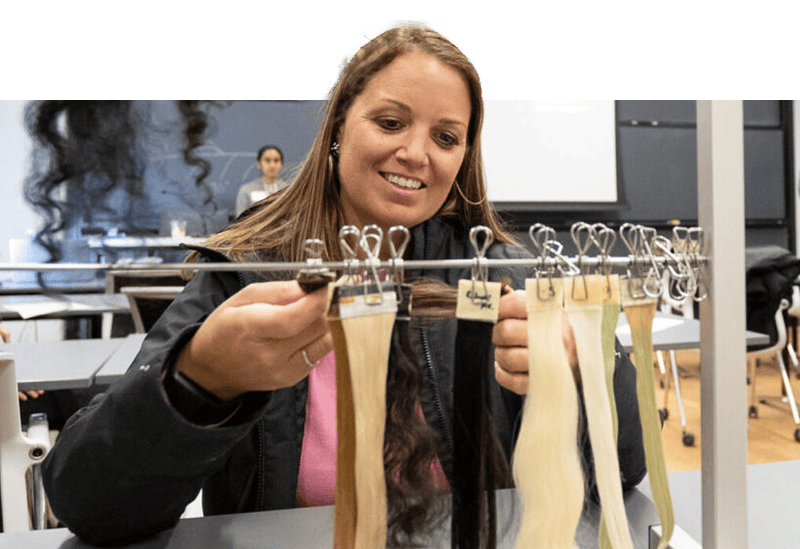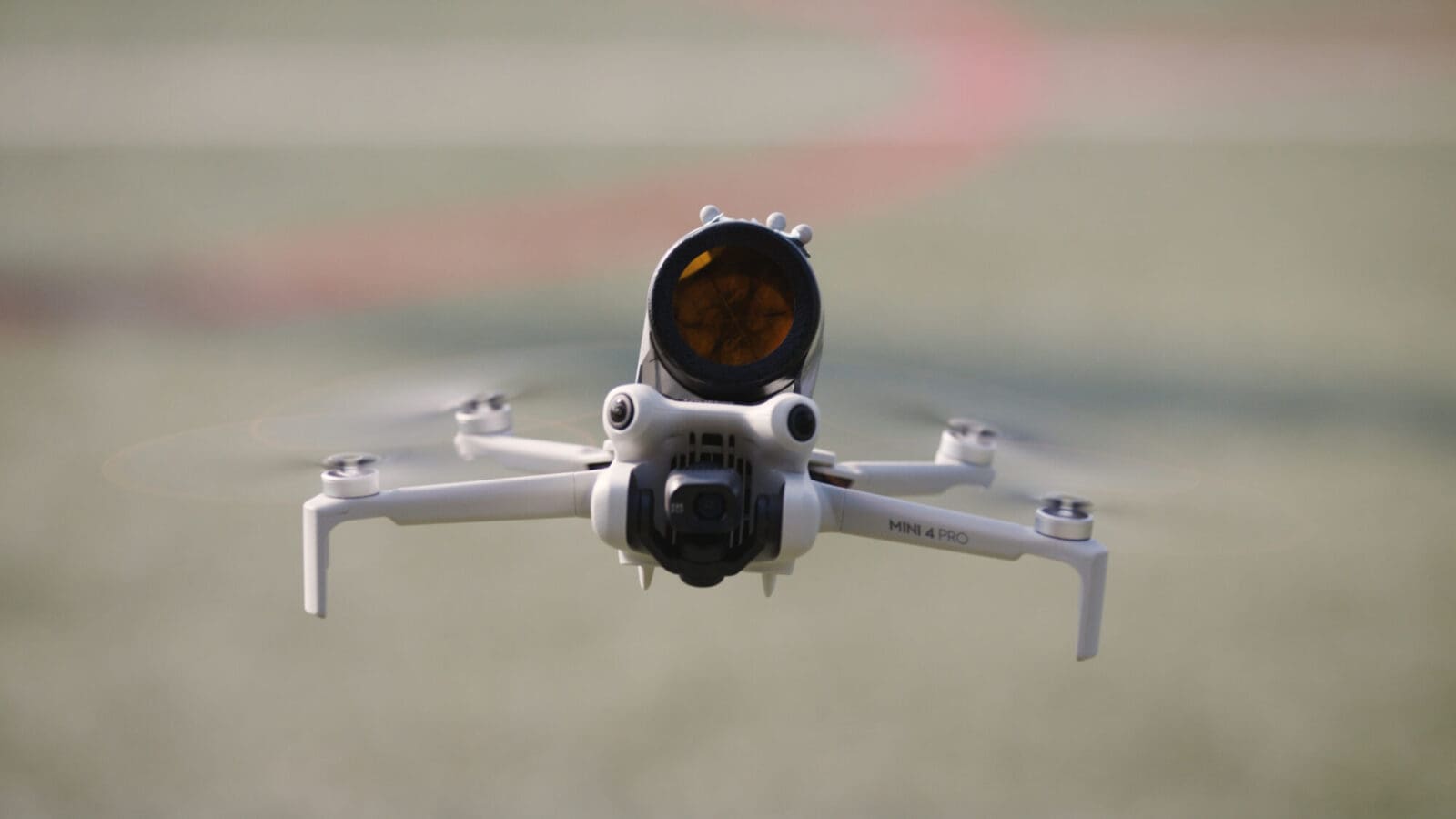#97
Upon which word did founding Dean Arthur Greene base Princeton Engineering’s educational mission?
View this post on Instagram
When the School of Engineering was founded in 1921, Princeton hired Arthur Greene, a much-recruited professor of mechanical engineering from Rensselaer Polytechnic Institute, to be its founding dean. He would serve until 1940. He worked with the trustees to build the inaugural four-year course of study for the new school across several engineering disciplines. In his writings and interviews from those early days, he uses a word to describe the approach the school would take toward technical knowledge, to distinguish it from other, more vocationally centered engineering schools. Greene’s approach survives to this day at Princeton Engineering, even as we look to the next 100 years. The school’s four-year course, Greene said, must prepare students “to enter the profession of engineering with the necessary ______” so they can master the details of any specialty while approaching problems with a broad cultural understanding. Fill in the blank — what is that word? Here’s a hint: It’s a plural noun.
That word is “fundamentals.” In an interview with The New York Times published on April 4, 1925 — four years after he was appointed the first dean of the School of Engineering at Princeton University — Arthur Greene laid out his vision for undergraduate engineering education, a relatively new course of study at the time. As we near the end of this series, we reflect on how well this short explainer of our school’s guiding principles holds up nearly 100 years later. Engineering as a profession, Greene stated, will be better off when those who study it are not merely technicians. The most successful engineers are those with “general culture,” he said. “History, philosophy, psychology and politics… All of these subjects have a value in training the engineer of vision…” he said. Greene said that the school’s four-year-term prepares students “to enter the profession of engineering with the necessary fundamentals and he can master the detail of special practice during his first years in professional life.” So much has changed over 100 years, most conspicuously that gender is no longer relevant in whether you can receive an engineering education. But a grounding in the fundamentals (see #77), combined with a strong liberal arts education, remains at the core of our undergraduate mission today. This combination has allowed Princeton Engineers to go on not only to pathbreaking innovations but also leadership positions such as university presidents, government leaders, and company founders and CEOs. As our ninth dean Emily Carter told incoming students in 2017, they would dive deeply into mathematics, but “exploring the sciences, liberal arts and extracurricular activities provides context and ideas for innovation. We emphasize technical expertise, but we also emphasize creativity, teamwork and service to society.” And four years later, our current dean, Andrea Goldsmith, told the incoming class, “I can tell you based on my own experiences that having a unique and broad perspective through a liberal arts education allows you to see the future of technology” in ways that a purely technical education cannot. “It also allows you to apply technology to solve the greatest problems facing humanity,” she said.
#98
Dean Andrea Goldsmith’s vision
View this post on Instagram
Andrea Goldsmith became dean of Princeton Engineering in September of 2020. Goldsmith, who is also the Arthur Doty LeGrand Professor of Electrical and Computer Engineering, has created technical innovations that shaped how cellular and WiFi networks perform. In her citation for winning the 2020 Marconi Prize, Vint Cerf, chair of the society, said: “Andrea has enabled billions of consumers around the world to enjoy fast and reliable wireless service, as well as applications such as video streaming and autonomous vehicles that require stable network performance. Andrea’s personal work and that of the many engineers who she has mentored have had a global impact on wireless networking.” Now she is working to leave an impact on the next generations of engineers by setting a strong vision for the future of Princeton Engineering. It includes launching interdisciplinary initiatives in bioengineering, quantum computing, robotics, smart cities, and data science. And it means growing our population of faculty and graduate students. And it includes building a new neighborhood and buildings for our school. In this video, she discusses some of these plans.
#99
Dean Andrea Goldsmith’s vision, continued
View this post on Instagram
In this video, Dean Andrea Goldsmith reflects on her plans for Princeton Engineering to foster more ties with industry, to take the innovations from our labs and help get them out into the marketplace. And she discusses her plans to increase the diversity of our community, and to foster an inclusive and egalitarian environment. This has been #99 of 100 facts about Princeton Engineering to celebrate our 100th anniversary! #PrincetonE100 #PrincetonEngineering #100years100facts
#100
One last look back, and a look ahead
View this post on Instagram
For 100 years we’ve been creating the future. We designed new generations of bridges, aircraft, and materials, and pioneered entirely new fields now central to our daily lives. We went to the moon, and helped launch a mathematical idea into a computing revolution. Now we look to the next generation of Princeton engineers to build the artificial intelligence and robotics that will truly benefit humanity. Our researchers work on not only solutions for climate change, but to build a more resilient infrastructure that allows us to adapt to a changed world. Our biological engineers wrestle with big questions about how life works and how to improve human health. Our engineers are hard at work on dealing with the current pandemic, and preparing for challenges we have not yet imagined. We do it all knowing that engineering works best when we welcome and support a wide diversity of people, and collaborate across many disciplines. We start companies and work in tandem with industry to move our innovations from labs to life. Engineering isn’t just about building better machines, or a faster microprocessor. To paraphrase one of our early deans, Kenneth Condit, an engineer is an applier of science for the benefit of humankind. Technology changes, and one generation mentors the next, but our mission endures as we step into our second century: Princeton Engineering is engineering in the service of humanity. Onward, and here’s to a happier, healthier New Year! This has been #100 of 100 facts about Princeton Engineering to celebrate our 100th anniversary! #PrincetonE100 #princetonengineering #100facts100years








